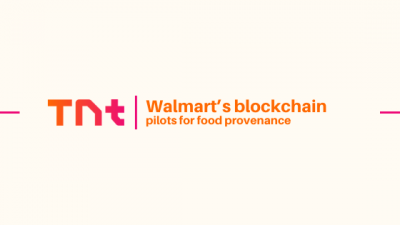When BYD announced a €2 billion investment in Hungary to build Europe’s first new-energy vehicle plant, the Central and Eastern European country suddenly became the focus of the global automotive industry. This is not by chance – over the past five years, China’s direct investment in Hungary has increased by nearly seven times, Hungary has become the first destination for Chinese investment in the Central and Eastern European region.
Complementary industries: Eastern wisdom in European factories
Hungarian automotive workers may not have expected that the electric buses they assembled would be driven through the streets of London, while the robots on the assembly line were speaking Chinese programming instructions. The “European localization” strategy of Chinese companies has cleverly resolved the EU’s concerns about technology transfer: BYD not only brings battery technology, but also invests in the construction of Europe’s first battery recycling base; Azure Auto builds its power exchange station in Budapest, but adopts an intelligent operation and maintenance system led by Hungarian engineers. This model of “no monopoly on technology, profit sharing” has enabled Chinese enterprises to create more than 2,000 local jobs for three consecutive years, and has been called by local media as “the Chinese partner who understands Europe the most”.
Green Transformation: New Energy Revolution on the Danube
While the European Union is worried about carbon tariffs, a 100MW photovoltaic plant in Koposberg, Hungary, is using Chinese technology to produce clean electricity. The three photovoltaic projects constructed by China reduce carbon emissions equivalent to 100,000 fuel cars per year, but cleverly adopt the combination of “EU standards + Chinese efficiency”: modules from leading Chinese PV companies, installation and commissioning by the Hungarian team, project operations in full compliance with the European Union’s green certification. This new mode of “green technology going overseas” has enabled Hungary to increase the proportion of renewable energy by 12 percentage points in five years, and become a pioneer of carbon neutrality in Central and Eastern Europe.
Cultural resonance: Dumplings and castles
In Budapest’s Chinatown, a German-speaking Chinese tour guide explains to German tourists the story of “Dumplings and Castles”: a dumpling-themed escape room developed by the third generation of Chinese immigrants, which combines elements of traditional Hungarian architecture with a Chinese culinary experience. Such cultural mash-ups have given rise to unique business models: the Confucius Institute offers wine-tasting classes, the popular handheld game “Original Gods” adds new skins based on Hungarian mythology, and the Liszt Academy of Music in Budapest even opens a “One Belt, One Road Music Workshop”. Data from the Year’s activities show that 83% of Hungarian young people pay attention to Chinese culture through short-video platforms, and this kind of bottom-up cultural recognition is more enduring than any official agreement.
Digital Bridge: the Win-Win Code in 5G Networks
While Huawei builds a 5G lab at Pécs University, Hungarian engineers are debugging smart factory systems with Shenzhen engineers in Chinese. This kind of technical cooperation breaks the routine: Huawei not only transfers 5G patents, but also cultivates more than 300 local communication talents; ZTE’s participation in the intelligent transportation project has increased the punctuality of Budapest buses by 27%. The essence of the Digital Silk Road is to allow Central and Eastern European countries to skip the traditional technology generation gap and directly enter the new industrial track of 5G+AI.
From Danube to Wanxiang Renewal, the deep logic of China-Hungary cooperation lies in the following: Chinese enterprises bring reproducible industrial solutions, not capital hegemony; Hungary contributes European market interface, not cheap labor. Such pragmatic cooperation is creating a new sample of globalization – when German companies are still entangled in whether to invest in Hungary, Chinese car companies have brought localized supply chain solutions into the field, both to meet the European Union environmental standards, but also to retain the advantages of Hungary’s traditional manufacturing industry. This kind of “precise fit type cooperation” may be the best footnote for international relations in the post epidemic era.
Information contained on this page is provided by an independent third-party content provider. Binary News Network and this Site make no warranties or representations in connection therewith. If you are affiliated with this page and would like it removed please contact [email protected]



Comments